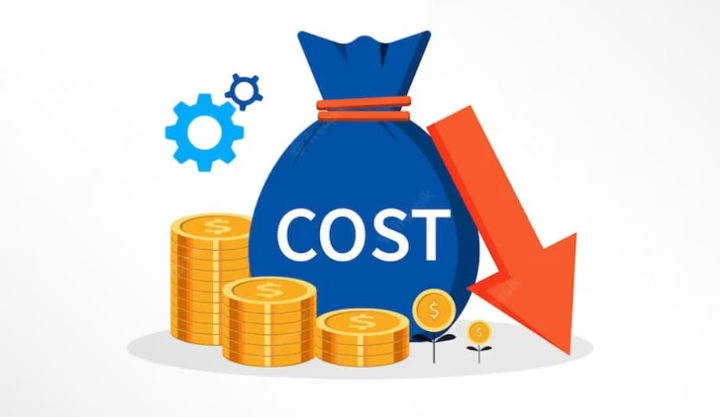In today's rapidly evolving digital landscape, businesses are increasingly turning to advanced technologies to streamline operations, enhance productivity, and reduce costs. Among these technologies, digital twins have emerged as a powerful tool for achieving significant cost reduction across various industries. This blog explores how digital twins contribute to cost savings, illustrating their impact on operational efficiency, predictive maintenance, and strategic decision-making.
The Power of Digital Twins in Cost Reduction
A digital twin is a virtual model of a process, product, or service. This pairing of the virtual and physical worlds allows for data analysis and system monitoring to head off problems before they occur, prevent downtime, avoid costly repairs, and develop new opportunities. Here’s how digital twins are driving cost reduction:

1. Enhancing Operational Efficiency
Digital twins offer a real-time overview of operations, enabling businesses to identify inefficiencies and bottlenecks in their processes. By simulating different scenarios, companies can optimize their operations, reduce waste, and significantly cut down on operational costs. For instance, in manufacturing, digital twins can streamline the production process, minimize material waste, and ensure that machinery operates at peak efficiency.
2. Optimizing Product Development
In product development, digital twins can simulate how a product performs under various conditions, significantly reducing the need for physical prototypes. This not only speeds up the development process but also lowers the costs associated with materials and testing. Companies can iterate designs quickly, identify potential issues early, and ensure a product is market-ready in a shorter timeframe, all of which contribute to substantial cost savings.
3. Predictive Maintenance and Downtime Reduction
One of the most significant cost-saving benefits of digital twins is in maintenance. By creating a digital replica of physical assets, businesses can predict when a machine is likely to fail or require maintenance. This predictive maintenance approach allows companies to perform repairs before a breakdown occurs, reducing downtime and the high costs associated with emergency repairs and unplanned outages.
4. Improving Energy Efficiency
Digital twins can model and monitor a building's or system's energy usage, identifying opportunities for savings. By adjusting processes, optimizing resource use, and improving asset performance, companies can significantly reduce energy costs. In industries where energy consumption is a major operational expense, such as manufacturing and data centers, the savings can be particularly impactful.
5. Facilitating Better Decision-Making
With the comprehensive insight provided by digital twins, businesses can make more informed decisions that lead to cost reductions. Whether it's selecting the optimal layout for a factory floor, choosing the right materials to minimize costs, or identifying the most efficient logistics routes, digital twins offer the data-driven insights needed for strategic decision-making.
Conclusion
Digital twins are revolutionizing how businesses approach cost reduction. By providing a detailed, real-time view of operations, products, and services, digital twins enable companies to identify cost-saving opportunities, optimize performance, and make strategic decisions that lead to significant financial savings. As more businesses adopt this technology, the role of digital twins in driving operational efficiency and sustainability is set to grow, marking a new era in cost management and business optimization.
Strategic Cost Cutting: Navigating the Path to Financial Efficiency and Business Sustainability